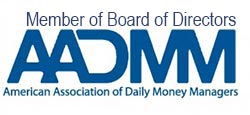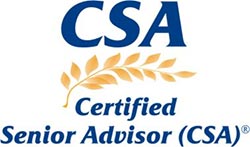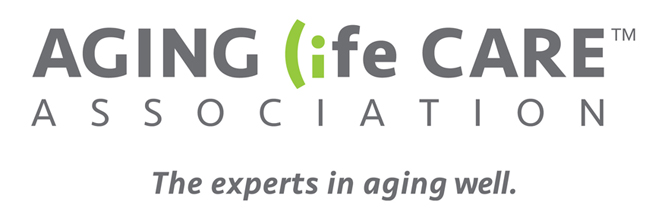This month, thousands of young adults will march to the strains of “Pomp and Circumstance” as they receive their college diplomas. Even if your children are years away from donning a cap and gown, experts advise that it is never too early to begin saving for college. May 29 is 529 day, a day to raise awareness about the value of using 529 education savings plans to help fund college expenses.
What is a 529 Education Savings Plan?
Authorized under federal tax law but administered by states, 529 Education Savings Plans provide a tax-advantaged way for families to invest and save money to be used for educational expenses. Since each state establishes its own regulations around 529 plans, there is some variation in the way these plans function. For example, in 11 states, there are programs through which the state contributes funds to accounts established for low-income residents. Fourteen states contribute state funds to all in-state residents. Each state has its own maximum contribution amount. Some states allow funds to be used toward kindergarten through high school educational expenses; others restrict usage to post-secondary education. For the purposes of this article, we will focus on tips for using the New York State 529 education savings plan.
Benefits of a 529 Plan
- In New York State, 529 plans allow earnings to grow deferred from federal and state taxes.
- Qualified withdrawals are federal and state tax free.
- New York State taxpayers who own a 529 account may be able to deduct $5,000 ($10,000 per married couple filing jointly) of contributions from state income taxes.
- You may contribute up to $16,000 per year (up to $32,000 for a married couple filing jointly) without incurring federal gift taxes.
- You may choose a special election that allows you to treat a single $80,000 contribution (up to $160,000 for a married couple filing jointly) as if it were made over a five-year period.
- Money in the account can be used to pay for any eligible school, college, university, vocational, trade or graduate program in the United States or overseas.
- Anyone may open a 529 Education Savings Plan to benefit a student – a parent, grandparent, friend or other family member.
- Low fees: In New York, there are no fees to start a 529 education savings plan, and no minimum contribution amount. Once your account is established, there is a fee of $1.20 per $1,000 invested.
- Maximum account balance is $520,000.
The Importance of Starting Early
If you have ever heard of the time value of money, you understand why the earlier you start saving for college, the better. Starting early means that the money that is earned on your investment will earn even more money, compounding your earnings. Contributing a set amount on a regular basis is another important strategy to help your savings work for you.
Ride Out the Bumps
The market has been volatile recently, with many stocks recording significant losses. Instead of hitting the “pause” button when the market is down, experts recommend continued investment. Think of downturns as an opportunity to buy when prices are low. It’s like purchasing stocks that are on sale. As long as you don’t need the funds in the short term, continuing to invest in a down market positions you to realize even greater profits when the market turns around.
Choosing Investments
Selecting investment options is easy with a 529 education savings plan. You may select investments based on your risk tolerance or the child’s age. In New York, you are permitted to change your asset allocation up to twice per calendar year.
Using the Funds
In order to avoid federal taxes on 529 funds, they must be used for:
- Qualified higher education expenses for the beneficiary (includes tuition, fees, books, supplies, computer or other equipment, room and board)
- Tuition for elementary or secondary school (kindergarten through grade 12) up to $10,000 per year per beneficiary*
- Expenses related to an apprenticeship program certified with the Secretary of Labor*
- Principal or interest payments on federally qualified education loans with a lifetime limit of up to $10,000 per beneficiary*
For additional information on using a 529 education savings plan to help make college more affordable for a child in your life, visit nysaves.org, or contact us.
*(Note these expenses are considered non-qualified by New York State and would incur state taxes.)




